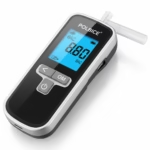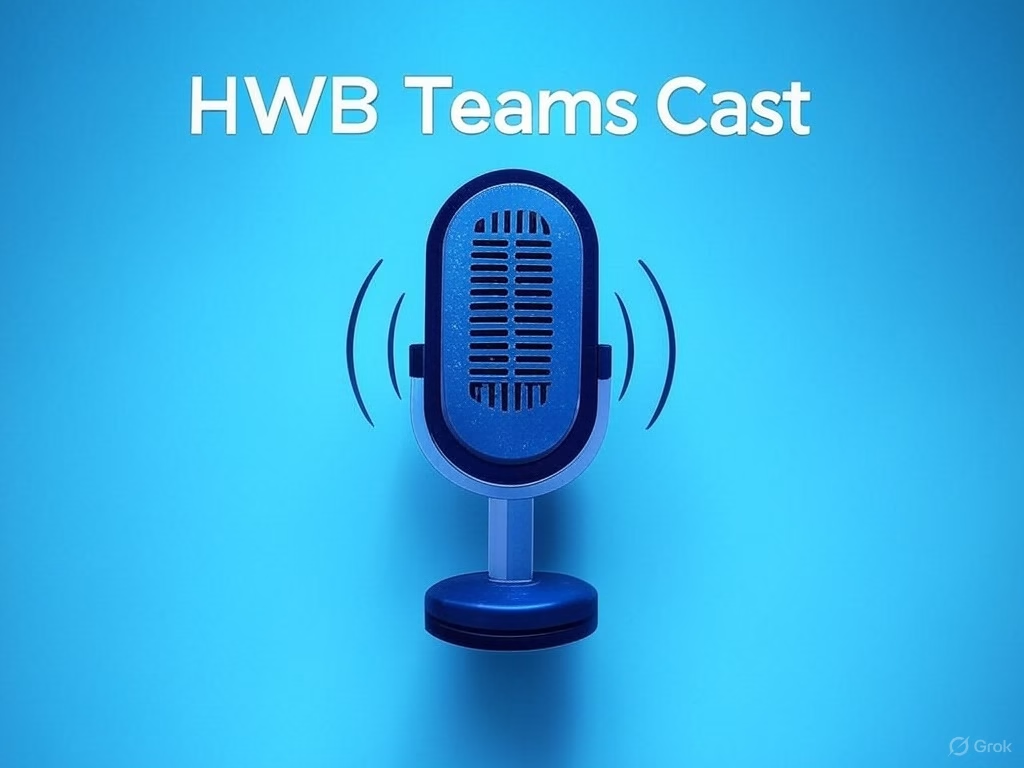If you’ve ever been in a hospital – or cared for someone who has – you might have observed a common practice: when a patient’s blood pressure begins to dip, the nursing or medical team may swiftly raise the foot of the bed. It seems like a simple, intuitive action, often portrayed as a quick fix. But does this maneuver truly help stabilize a patient’s circulation in a clinically significant way?

Let’s delve into the science behind this widespread bedside practice and understand its precise role in modern, evidence-based healthcare.
The Physiological Rationale: Why Elevate the Feet?
The primary objective of raising the feet is to leverage gravity to enhance blood flow back to the heart. When the lower extremities are elevated above heart level, pooled venous blood from the legs and lower abdomen can be encouraged to return to the central circulation. This physiological shift is intended to:
- Increase Preload: Boosting the volume of blood returning to the heart.
- Temporarily Enhance Cardiac Output: Leading to more blood being pumped out by the heart with each beat.
- Improve Blood Pressure: Providing a rapid, albeit transient, rise in systemic pressure.
- Support Organ Perfusion: Helping to maintain oxygen delivery to vital organs like the brain.
This maneuver is frequently employed as an immediate, initial response in situations such as:
- Fainting (vasovagal episodes)
- Orthostatic hypotension (a drop in BP upon standing)
- Acute, sudden drops in blood pressure due to conditions like fluid loss or early stages of septic shock.
A Short-Term Boost, Not a Definitive Treatment
It’s crucial to understand that elevating the feet does not address the underlying cause of low blood pressure. Instead, it serves as a temporary measure to support circulation, buying valuable time for clinicians to investigate and initiate more definitive treatments for the root issue.
For instance:
- If the patient’s hypotension is due to active bleeding or severe dehydration, they will ultimately require intravenous fluids or blood products.
- In cases of septic shock, the long-term solution involves antibiotics, vasopressors, and comprehensive fluid management.
- If the patient has simply fainted, the leg raise can help them regain consciousness quickly by improving cerebral blood flow.
The Passive Leg Raise (PLR): A Diagnostic Evolution with Clinical Significance
In critical care and emergency settings, a more structured and scientifically precise version of this approach is utilized: the Passive Leg Raise (PLR). This isn’t just about general elevation; clinicians carefully raise the patient’s legs to approximately 45 degrees, keeping the upper body flat. This maneuver mimics a temporary fluid bolus, shifting an estimated 300–500 mL of blood from the lower limbs into the central circulation.
The key to the PLR’s clinical significance lies in its use as a diagnostic tool to predict fluid responsiveness. Many patients with low blood pressure may not benefit from additional intravenous fluids and could even be harmed by fluid overload. By performing a PLR, clinicians can observe the patient’s real-time hemodynamic response to this “autotransfusion.”
During a PLR, clinicians meticulously monitor the patient’s real-time cardiac output and other hemodynamic parameters, often using advanced tools such as:
- Echocardiography (ultrasound of the heart)
- Continuous cardiac output monitors (e.g., using arterial line analysis)
- Arterial waveform analysis
If there’s a measurable and significant improvement (typically a 10% or greater increase in cardiac output), it strongly indicates that the patient’s low blood pressure is “fluid-responsive” and they will likely benefit from intravenous fluid therapy. This makes the PLR an invaluable tool for guiding fluid management decisions and avoiding unnecessary fluid administration in critically ill patients, thereby improving patient outcomes.
The Broader Scientific View: General Elevation vs. PLR
While the PLR, when monitored appropriately, has demonstrated clinical utility as a diagnostic test, it’s important to clarify the scientific stance on the more general practice of simply raising the feet or the full Trendelenburg position (where the entire bed is tilted, head down).
Research indicates that a general Trendelenburg position or prolonged simple leg elevation often provides only minimal, transient hemodynamic changes that are not clinically significant for sustained treatment of severe hypotension or shock. Studies have consistently shown that while some blood shift occurs, it rarely leads to a sustained or meaningful improvement in blood pressure or cardiac output comparable to actual fluid administration or vasopressor therapy.
Furthermore, the Trendelenburg position carries well-documented potential harms, which contribute to its limited recommendation for routine use in hypotension:
- Respiratory Compromise: It can push abdominal contents against the diaphragm, hindering breathing and increasing the risk of respiratory distress, especially in patients with lung issues or obesity.
- Increased Intracranial Pressure (ICP): It can dangerously elevate pressure inside the skull, making it contraindicated for patients with head injuries, stroke, or other neurological conditions where ICP is a concern.
- Risk of Aspiration: It may increase the risk of stomach contents flowing back into the esophagus and potentially being inhaled into the lungs (aspiration pneumonia).
When It Helps – And When Caution is Needed
Useful when:
- The patient is hypotensive primarily from low circulating volume (e.g., dehydration, blood loss) or a simple fainting episode, providing rapid symptomatic relief.
- You need a quick, non-invasive, temporary circulatory boost as an immediate first response.
- You are performing a Passive Leg Raise (PLR) specifically to assess fluid responsiveness in a monitored setting.
Avoid or Exercise Caution when:
- The patient has confirmed or suspected raised intracranial pressure (e.g., severe head injury, brain bleed).
- There is suspected spinal trauma, where moving the patient’s body could cause further injury.
- Severe leg trauma, fractures, or compartment syndrome are present, making leg elevation painful or risky.
- The patient has severe respiratory distress or is at high risk of aspiration.
So, Does Raising the Feet Work?
Yes – raising the feet can help improve blood pressure temporarily, particularly in situations of low blood volume or simple fainting episodes. Its true clinical significance shines in the controlled Passive Leg Raise (PLR) maneuver, which serves as a valuable diagnostic tool to guide fluid therapy.
However, it is crucial to understand that it is not a standalone treatment or a cure for the underlying cause of hypotension. In a hospital setting, it remains a useful and quick first response to stabilize circulation, providing crucial time for deeper assessment and for more definitive, underlying treatments to be initiated. Like many effective interventions in medicine, it works best when applied with purpose, clinical insight, and as part of a broader, evidence-based care plan.
Final Word
So, the next time you witness a healthcare professional raise the foot of a bed for a patient appearing pale or dizzy, know that it’s far from a random act. It’s a quick, calculated, and often evidence-informed step designed to stabilize circulation, provide immediate symptomatic relief, and, especially with the PLR, offer crucial diagnostic insights – all while the team prepares to address the patient’s underlying medical needs using proven therapies.
Further Resources:
For those interested in delving deeper into the evidence, here are some reputable sources:
- Life in the Fast Lane (LITFL) – Trendelenburg Position for the Hypotensive Patient:
- DrOracle.ai – Should a patient with hypotension be placed in the Trendelenburg (position)?:
- Allina Health – Use of Trendelenburg Position during Hypotensive Episodes (Evidence-Based Practice Guideline):
- StatPearls (via NCBI Bookshelf) – Fluid Resuscitation:
- StatPearls (via NCBI Bookshelf) – Inotropes and Vasopressors:
- PubMed Central (PMC) – Passive Leg Raising in Intensive Care Medicine:
- Wikipedia – Passive Leg Raise:
- LITFL – Passive Leg Raise (More detailed on technique and interpretation):
- ResearchGate – Hemodynamic effects of passive leg raising: An echocardiographic study in patients with shock:
- MDPI – The Accuracy of the Passive Leg Raising Test Using the Perfusion Index to Identify Preload Responsiveness—A Single Center Study in a Resource-Limited Setting:1
Disclaimer:
This blog post is for informational purposes only and should not be considered medical or professional advice. While we strive for accuracy, the content is not a substitute for consultation with a qualified healthcare professional. Always seek the advice of your doctor or other qualified health provider with any questions you may have regarding a medical condition4 or treatment. Laws, regulations, and medical guidelines can change, and information provided here may not always be the most current. Reliance on any information in this post is solely at your own risk.



